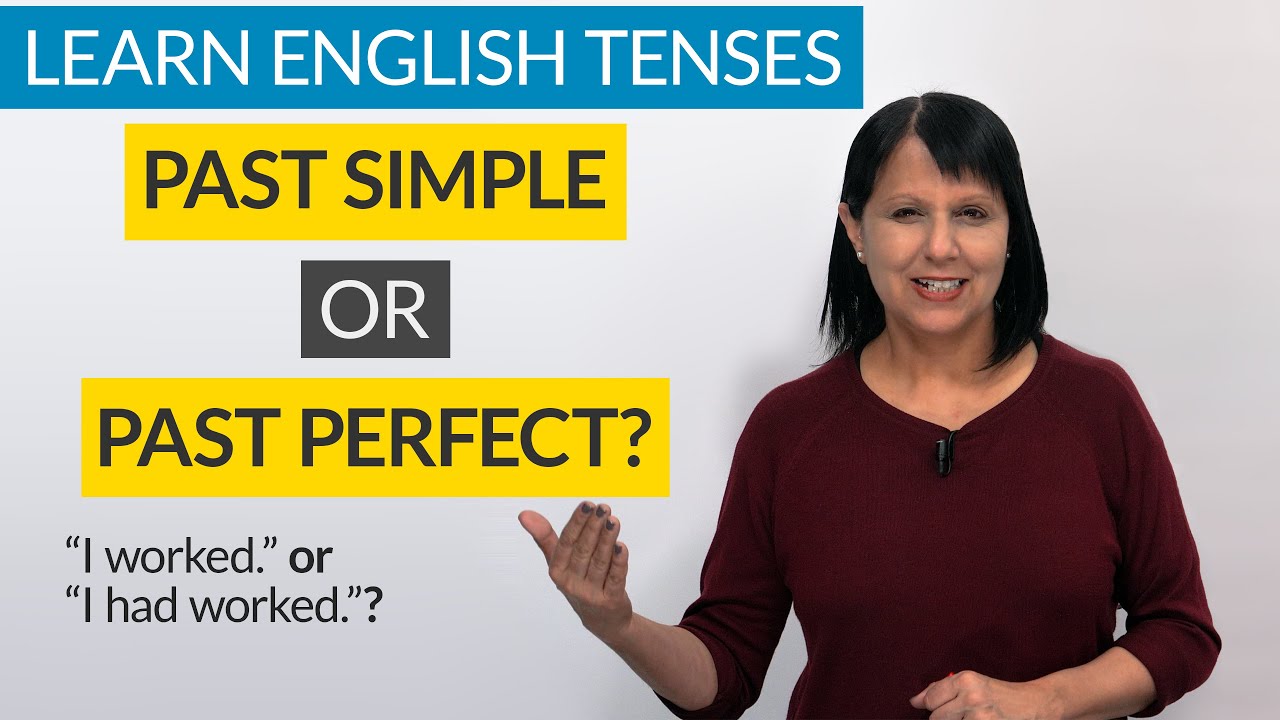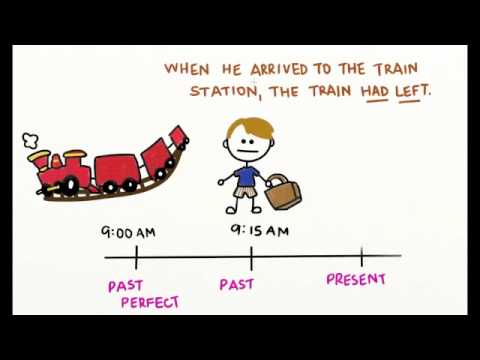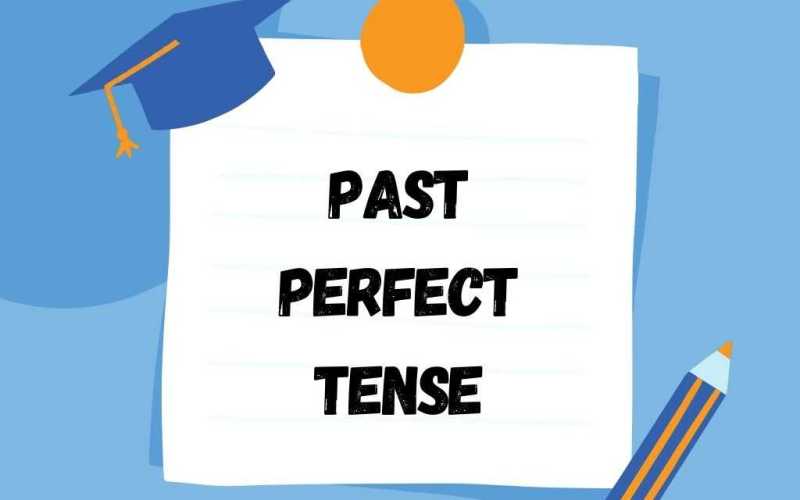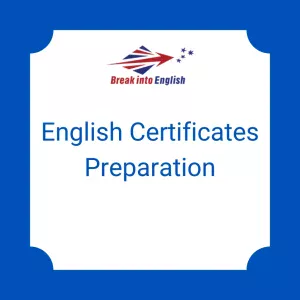The past perfect what? Even if you do not know its name, you may already be familiar with the tense we are talking about. The past perfect tense is quite an important tense, and many of you probably use it already on a daily basis without even realizing it.
First things first. What is the difference between the simple past, for example, and the past perfect tense?

Well, the simple past is a past tense we use to talk about actions or events that started and – most importantly – ended in the past. In fact, the emphasis is on the fact that the action is now over.
As per its construction, it is fairly easy. Regular verbs require the addition of the ending -ed.
Example: In 2020, I stayed home most of the year (a sad truth).
However, irregular verbs have a specific form for the simple past that needs to be learnt by heart.
Example: Last winter, she went to the mountains.
As for the past perfect tense, it is used to discuss actions or events that happened before some other action or event in the past. The past of the past, in other words!
In short, we have to take into account the sequence of the events. Before delving into its conjugation, then, let’s explain with a clear and easy example when this tense needs to be used:
They had come home before she arrived.
As you can see, in this sentence we have two conjugated verbs – had come and arrived – that correspond to two different clauses (sentences). The first one is They had come home, and it is also our main clause as it can stand by itself and makes perfect sense.
The second clause – before she arrived – is a dependent one, as it needs the main clause in order to make sense. Think about it. If someone tells you “Before she arrived” only, what would you understand? Probably not much, and you would be expecting at least another sentence explaining what happened before that person’s arrival.
In the main clause of our example, we have the past perfect tense, while in the second there is a verb conjugated in the simple past. Why, though?
Now we need to think about the chronological order of the abovementioned events:
They had come home –> she arrived home
The first event, then, is represented by their return home. Once they did so, she arrived as well. It could have happened five minutes later, one hour later, sixteen hours later, it doesn’t matter. What does matter is that we have two actions happening in the past, with one being less recent that the other. And we need to use the past perfect for the less recent one, so in this instance, we have it in the sentence stating their return home.
Moving forward, the designation “Past perfect tense” may ring a bell. Do you recall any other English tense with a similar name?
Yes, the present perfect tense! If you remember, the present perfect is a tense we generally use to describe a situation or event that actually started in the past, but continues in the present as well. It is made of three elements:
Subject pronoun + have/has + past participle of the main verb
For example, we could say: You have played the piano since you were thirteen. As you can see, we have a connection between past and present, as we assume that the person we are talking about is still playing the piano.

Interested in improving your English?
Sign up for a 30-minute trial lesson
Interested in improving your English?
Sign up for a 30-minute trial lesson
Why did we introduce the present perfect, though?
Because the past perfect tense has a veeeery similar structure. In short, as we are not in the present anymore, but in the past, the only difference we have is that the auxiliary is going to be conjugated in the simple past tense. The rest is exactly the same.
The construction of the past perfect tense, then, is the following:
Subject pronoun + had + past participle of the main verb
See? It is actually very easy!
Of course, in order to be able to use this tense, you need to know how to build the past participle of the verb. As per regular past participles, their construction is just like the one of the simple past: you need to add the ending -ed at the end of the verb. For example, the past participle of the regular verb to act is acted.
Careful! When the base form of a regular verb ends with a y, before adding the ending -ed that y will change into an i. For example, the past participle of the verb to study is studied. If there is a vowel before the final y, then you do not have to worry. You will just add the ending and there is nothing else to change. For example, the past participle of the verb to play is played.
As per the verbs having an irregular past participle, well… the only thing you can do is learn them by heart. And to be fair, in the English language there are a lot of irregular verbs. However, do not give up just yet. Our advice is to learn just the most common ones first, and little by little. Do not be in a rush, but be consistent. Five new irregular verbs per day are enough, but learn a new group of five at least three times a week. Every time it will not take you more than twenty minutes to learn them. We can assure you that this is the most effective method to learn these verbs.
Now that you know all the building blocks of this new tense, we can show you two examples of verb conjugation in the past perfect. The first one will feature a verb having a regular past participle, while the second one will have an irregular one.
| Subject pronoun | To watch | To write |
| I | had watched | had written |
| You | had watched | had written |
| He/She/It | had watched | had written |
| We | had watched | had written |
| You | had watched | had written |
| They | had watched | had written |
As you can see from the examples above, it is a dreamy conjugation! In fact, the only thing that changes is the subject pronoun. On the other hand, the conjugated verb – made of auxiliary and past participle – remains the same throughout the conjugation!
To conclude this short article, please take a look at a few examples featuring this new tense that you have just learned:
- When they got married, they had already bought their first house.
- She had lost her cat when she came to visit me.
- Before moving to the States, you had worked as a translator.
Thanks for reading!

This article was written by Break Into English’s online teacher and blog contributor Claudia Di Domenico.








